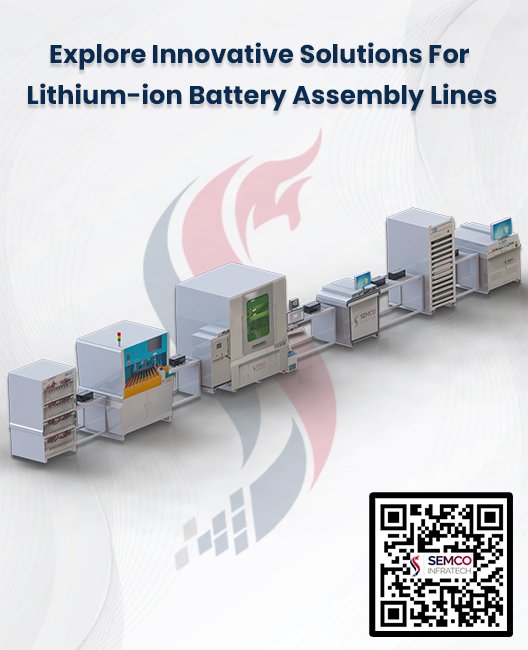India’s manufacturing landscape is undergoing a significant transformation as industries embrace more advanced technologies to enhance productivity and quality. One of the most notable shifts is the transition from traditional welding methods, such as TIG (Tungsten Inert Gas) and MIG (Metal Inert Gas MIG) to laser welding. As laser welding technology gains traction globally, the demand for advanced laser welding machines in India is rapidly increasing, reflecting the country’s growing manufacturing capabilities. This change is driven by the numerous advantages that laser welding offers, including precision, speed, and cost efficiency. In this blog, we’ll explore why Indian manufacturers are increasingly adopting laser welding and how this technology is shaping the future of the industry.
Challenges of Traditional Welding
Traditional welding techniques, while proven and widely used, come with limitations that are becoming more apparent as manufacturing demands evolve. As the demand for electric vehicles and energy storage solutions grows, lithium-ion battery manufacturing equipment suppliers are adopting laser welding technology to enhance the safety and efficiency of battery production.
- Higher Heat Input: Traditional methods often require more heat, leading to greater contamination and wastage of materials. This inefficiency can be costly, both in terms of material use and the quality of the final product.
- Labor-Intensive: Traditional welding is labor-intensive and relies heavily on skilled workers. With a growing shortage of skilled labor, manufacturers face challenges in maintaining productivity. Automation, which is more feasible with laser welding, offers a solution to this problem.
- Limited Precision: While traditional welding can achieve good results, it often falls short of the precision offered by laser welding. In applications that demand high accuracy, traditional methods may not meet the stringent requirements, leading to potential quality issues.
Advantages of Laser Welding
Laser welding has always been better than the traditional source. Even though the cost is not something we will keep an eye on this time as it is the same. There are a couple of things which we must notice. here are some of them.
1. Precision and Accuracy
Laser welding equipment stands out for its remarkable precision. Utilizing focused laser beams allows for highly accurate welds, making it ideal for industries that require intricate designs and minimal heat-affected zones (HAZ). Sectors such as aerospace and electronics, where even the slightest deviation can lead to significant issues, benefit greatly from this precision. The ability to achieve such fine detail with minimal impact on surrounding materials is a game-changer for manufacturers aiming to meet high standards. The introduction of laser fiber welding machines has brought a new level of precision and efficiency to industries requiring fine, detailed welds, such as electronics and automotive manufacturing.
2. Speed
One of the most compelling reasons for the shift to laser welding is its speed. The focused laser beam quickly melts and bonds materials, significantly reducing production times. This increased throughput is crucial for industries looking to scale up operations and meet growing demand. Faster welding processes mean manufacturers can produce more in less time, contributing to overall efficiency and competitiveness in the market.
3. Minimal Heat-Affected Zone (HAZ)
Traditional welding methods often result in a large heat-affected zone, which can compromise the structural integrity of the materials being welded. This can lead to thermal distortion and damage, especially in delicate or thin materials. Laser welding, however, produces a much smaller HAZ, minimizing the risk of these issues. This precision ensures that the structural properties of the materials are preserved, leading to higher-quality outcomes.
4. Cost Efficiency
While the initial investment in laser welding technology may be higher, the long-term savings make it a cost-effective choice for manufacturers. Reduced labor costs, faster processing times, and lower material waste contribute to significant cost savings over time. Additionally, the high precision of laser welding reduces the need for rework and repairs, further enhancing its cost-effectiveness.
5. Lower Maintenance Requirements
Compared to traditional welding equipment, laser welding systems generally require less maintenance. This reliability makes them easier to operate over time, reducing downtime and associated costs. For manufacturers, this means more consistent production schedules and fewer disruptions, contributing to overall operational efficiency.
6. Versatility
Laser welding is highly versatile and capable of handling a wide range of materials and applications. The versatility of laser welding machines in India allows manufacturers to tackle a wide range of applications, from thin metals to intricate components, with ease and precision. From thin metals to delicate components, laser welding can adapt to various requirements, which are often challenging for traditional welding methods. This flexibility is particularly valuable in industries where a diverse range of materials and designs must be accommodated.
Conclusion
The transition from traditional welding to laser welding among Indian manufacturers is not just a trend but a strategic move towards more advanced, efficient, and precise technologies. As industries strive to improve productivity, reduce costs, and maintain high-quality standards, laser welding presents a compelling alternative to conventional methods. This shift aligns with the broader demands of modern manufacturing environments, where innovation and efficiency are key to staying competitive.
Indian manufacturers who embrace laser welding are positioning themselves at the forefront of the industry, ready to meet the challenges and opportunities of the future. As this technology continues to evolve, it will undoubtedly play a critical role in shaping the next chapter of India’s manufacturing story. Battery manufacturing equipment suppliers in India are leading the charge in adopting laser welding technologies, ensuring that the country’s manufacturing sector remains at the forefront of innovation.






